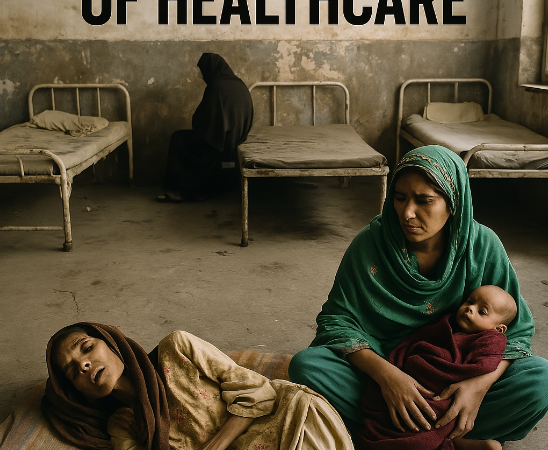Coronavirus causing Middle East Respiratory Syndrome (MERS-CoV) in Saudi Arabia
Quick look at the situation
The Ministry of Health in the Kingdom of Saudi Arabia (KSA) reported to WHO three laboratory-confirmed cases of Middle East respiratory syndrome coronavirus (MERS-CoV) between 13 September 2022 and 12 August 2023, including two fatalities. The Ministry of Health conducted follow-up with close contacts of the three individuals and found no more instances. The Middle East and other countries where MERS-CoV is circulating in dromedary camels are still at risk, and the announcement of these cases emphasizes the need of raising global awareness of the virus.
Explanation of the Predicament
The Ministry of Health in Saudi Arabia reported three new cases of Middle East respiratory syndrome coronavirus (MERS-CoV) and two related fatalities between 13 September 2022 and 12 August 2023. Riyadh, Asser, and the area around Makkah Al Mukarramah reported the most incidents (Figure 1). In the lab, the instances were verified by using a technique called real-time polymerase chain reaction (RT-PCR).
All three instances were people outside of the healthcare industry who arrived with fever, cough, and dyspnea. Two of the three individuals reported having interaction with dromedary camels, and all three reported drinking raw camel milk in the week before their symptoms appeared. The ages of the three male patients ranged from 42 to 85 (Table 1).
Human infections with MERS-CoV have been recorded from 27 countries across all six WHO regions since the virus was originally identified in Saudi Arabia in 2012. Of the total number of MERS-CoV cases (2605) recorded to date, the vast majority (2196; 84%) have come from KSA. Including the recently reported fatalities, a total of 856 (91%) deaths have been recorded from KSA (Figure 2). This compares to 937 deaths reported from 27 nations.
Figure 1: Location of confirmed cases of MERS-CoV in Saudi Arabia between 13 September 2022 and 12 August, broken down by city and area (n=3).






